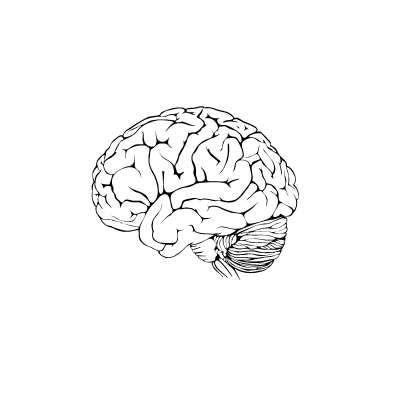Client Profiling, it's Elementary!
- Dr. Diane Harner
- Nov 22, 2016
- 4 min read

I love Sherlock Holmes. My favourite scenes are when Sherlock meets a suspect for the first time and everything slows down as he takes in all of the tiny details that will eventually be crucial in the solving the case. Sherlock has highly developed powers of observation and sees things that others miss. Unlike his loyal partner, Watson, Sherlock’s first impressions are not affected by emotion or bias and he doesn’t jump to conclusions. His attention is focussed only on the tiny details and the non-verbal clues that help him build a complete profile of the person in front of him.
Reading the clues
When we meet a client for the first time, we have the same opportunities as the Baker Street sleuth. We too can gather an enormous amount of information about our client that can help us to connect with them. 70% of communication is non-verbal. Our body posture, facial expressions, choice of clothing and tone of voice all reflect who we are and how we’re feeling at any given moment. Having the emotional intelligence to read our clients accurately can take the relationship to a new level. But how much of this information are we actually taking in?
“Tell me to what you pay attention and I will tell you who you are”. Jose Ortega y Gasset
Why our brain takes shortcuts
The answer is not as much as we could be. Our brain is obsessed with preserving its resources and loves to take shortcuts whenever it can. One of the ways it does this is by making snap decisions about people in the first few seconds of meeting them based on very little information. Hundreds of thousands of years ago when our brains were evolving, it was essential that we quickly decided whether someone was friend or foe. Our life depended on it. Although we now live in a (slightly!) more civilised society, this evolutionary survival mechanism still exists today. The process of making snap judgments about people is called “Thin Slicing”. Author, Malcolm Gladwell explains this concept brilliantly in his book “Blink: The power of thinking without thinking”
Perception shapes behaviour
In that first few seconds of meeting someone, we subconsciously collect information, based primarily on non-verbal cues, that drives our decision about who they are and how we should behave around them. In just a few seconds, our brain cross-references this information with our past experiences and memories to form an opinion. This snap judgment, or gut feeling, is often reliable, but at other times can be completely wrong, as we neglect to take in all of the relevant details in preference for speed. This is a significant risk when interacting with a new client. If we make an inaccurate judgment about who they are, it can negatively affect the way that we work with that person. The well-known social experiment where a man asks for money dressed first as a homeless man and then as a businessman illustrates this. As a businessman, he receives $9.50. As a homeless person, it’s $0. Our perception shapes our behaviour. You can watch the video of the experiment at https://youtu.be/w1rwRT229Uo
It goes both ways
First impressions count. And whilst you are making them about your client, they are also making them about you. Additionally, first impressions are hard to shake. If you make either a good or bad initial impression, you will have to work very hard to shake someone from that belief. Our brain doesn’t like to hold opposing beliefs.. This is called cognitive dissonance. It’s what drives us to stand up for our beliefs, to defend our position, and is also why we sometimes find it difficult to change our minds. Make sure you are giving yourself every chance to make an excellent first impression by being mindful about how you “show up” to your first meeting with your client.
Finding our inner Sherlock?
Putting this all together, how can we improve our interactions with our clients in order to create an accurate profile which can form the basis of a productive relationship?
1. Be observant: make a point of noticing the body language of your client and watching any change in posture, facial expression or tone of voice when discussing a certain topic. These subtle cues can be the difference between a successful interaction and meeting an objection.
2. Be aware that your biases affect your judgments. Resist the urge to make snap judgments. Seek out additional evidence to support your perception and challenge yourself as to why you might be wrong.
3. Be aware that your perception affects your behaviour. Once you have initially profiled your client, it is important to be open to new information that might impact on the relationship. Be prepared to build on your previous perceptions to form a more comprehensive view of your client, as the way that you interact with them will be influenced by this.
Incorporating this level of thinking and observation into your prospecting can really pay dividends. At the end of the day, people just want to be understood. In a world full of Watson’s, be Sherlock!
























Comments